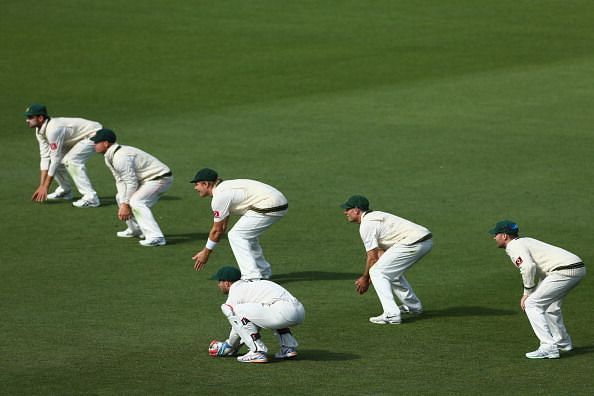
Why Test cricket continues to charm
52 hours, 34 minutes. Just over 2 days. This is the end-to-end time that one gentleman took to fly around the whole world in scheduled commercial flights. Meanwhile, some Test matches don't even let you know which team has the upper hand in the first 2 days.
"[...] the international blood of other countries be sucked dry by England in trying to keep alive the out-moded, incongruous county cricket system" - this was Jack Fingleton in 1969, worrying about how County cricket contracts would destroy Tests. It is almost 50 years now and Test cricket is still hanging around.
So what is it about Test cricket, a seemingly anachronistic format of the game, that has ensured its survival over the past 140 years? In my opinion, it is owing to 4 major reasons.
1) Bowlers still call the shots here
4 slips, 2 gullies, a short leg and a silly point. With a skilful pacer steaming in while the batsman pushes and prods nervously. The sight of a bowler, a quick or a spinner, terrorising the batsman is something that generations of cricket lovers have savoured. Be it Fred Trueman when he reduced India to 0/4 in 1952, Curtly Ambrose taking 7 wickets for 1 run against Australia in 1993 or Boult-Southee dismantling England for 58 this year at Eden Park.
Yes, we love to see a batsman flamboyantly driving the ball to the cover boundary. But the delight is multiplied when it is against such attacking bowling and fielding. The bowler is at liberty to set the field that he chooses, unlike limited overs cricket where he must bow to fielding restrictions. There is the possibility of swing, reverse swing and spin of varying degrees. In short, Test cricket provides room for a thrilling clash between the personas of batsman and bowler.
